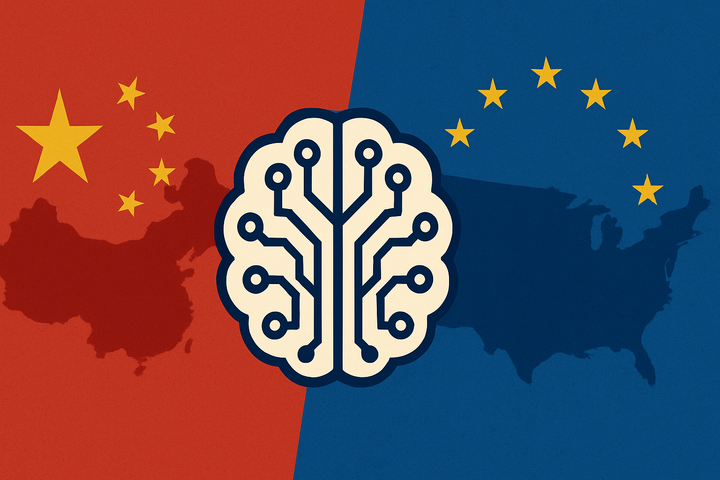Fighting Fakes with AI: From Luxury Goods to Pharma
How AI is battling counterfeit goods in luxury and pharmaceuticals. Discover the cutting-edge tools and ethical concerns in the fight against fakes.

Could a computer algorithm save your favorite designer handbag — or even your life? In an era where counterfeit goods are a $500 billion global business (OECD), artificial intelligence is stepping up as a critical weapon in the battle against fakes. From luxury watches to lifesaving pharmaceuticals, AI is transforming how industries authenticate products and protect consumer
A Growing Threat: Counterfeits on the Rise
The impact of counterfeit goods is far-reaching and devastating. In the luxury sector, fake products erode brand value and steal billions in sales. Meanwhile, counterfeit pharmaceuticals can cost lives, with the WHO estimating that 1 in 10 medical products in low- and middle-income countries is substandard or falsified.
Traditional methods of combating fakes—like holograms and security tags—are no longer enough. Enter AI: a powerful tool that goes beyond visual cues and taps into deep data analysis.
How AI Is Revolutionizing Authentication
AI’s greatest strength in fighting counterfeits is its ability to spot subtle patterns invisible to the human eye. Computer vision models can analyze product images to detect micro-level differences. For example, luxury brands like LVMH are using AI to scan stitching patterns and materials to weed out fakes.
In pharmaceuticals, AI-driven verification systems are making it harder for counterfeiters to slip dangerous drugs into legitimate supply chains. By analyzing barcodes, supply chain data, and packaging features, AI can validate authenticity in real time — helping pharmacies and healthcare providers ensure patient safety.
Real-World Success Stories
AI’s anti-counterfeit capabilities are already making a difference:
✅ Entrupy: This AI-powered tool authenticates luxury goods using microscopic images, boasting a 99.1% accuracy rate.
✅ IBM’s Blockchain & AI Combo: IBM’s solution combines blockchain’s secure record-keeping with AI analytics to verify supply chains, already being tested in the pharma industry.
✅ Pharma’s AI Sentinels: Pfizer and other drugmakers use AI algorithms to track anomalies in supply chain data, reducing the risk of counterfeit drugs reaching consumers.
The Flip Side: Ethical Challenges and Future Outlook
AI is not a silver bullet. Critics warn about privacy concerns — for example, scanning personal goods in stores — and the potential for AI’s own vulnerabilities, like adversarial attacks that trick algorithms.
Still, the future looks promising. AI tools will likely become more sophisticated, integrated into everyday consumer experiences like mobile authentication apps and blockchain-verified supply chains. As counterfeiters become more sophisticated, AI will be a key line of defense.
Conclusion: The AI-Driven Future of Authenticity
From luxury goods to critical medicines, the fight against fakes is entering a new chapter powered by artificial intelligence. As AI technology evolves, brands and governments must balance innovation with ethics to ensure a world where trust is as real as the products we buy.


